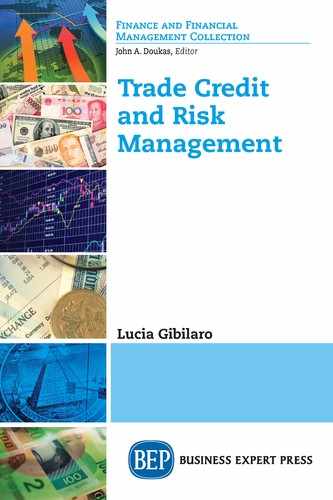Book Description
This book offers managers a complete analysis of the various issues of credit risk management for trade credit financing instruments supported by applications to various types of markets and presents an analysis on risks associated with trade credit in supply chains.Trade credit finance is characterized by strong attractiveness deriving from risk mitigation, but the plurality of sources of credit risk (default and dilution risk) requires the implementation of a credit risk management system that exploits the broad knowledge developed by financing supply relationships. Consequently, financiers could be hindered from developing a full understanding of the underwritten risks and are thus unable or only partially able to evaluate their full potential to expand financial relationships over the credit capability of a single counterparty with respect to the supplier–debtor pair.
The richness of the information available in trade credit financing is not an obstacle for the development of a modern risk management framework, but it must be calibrated to avoid distortions in the implementation. In addition, risk analysis in the supply chain is not limited to the crises of individual members but must assess the effects of such crisis on the entire supply chain and assess the specific risks of contagion and the favorable conditions for the propagation. This book offers managers a complete analysis of the various issues of credit risk management for trade credit financing instruments supported by applications to various types of markets and presents an analysis on risks associated with trade credit in supply chains.
